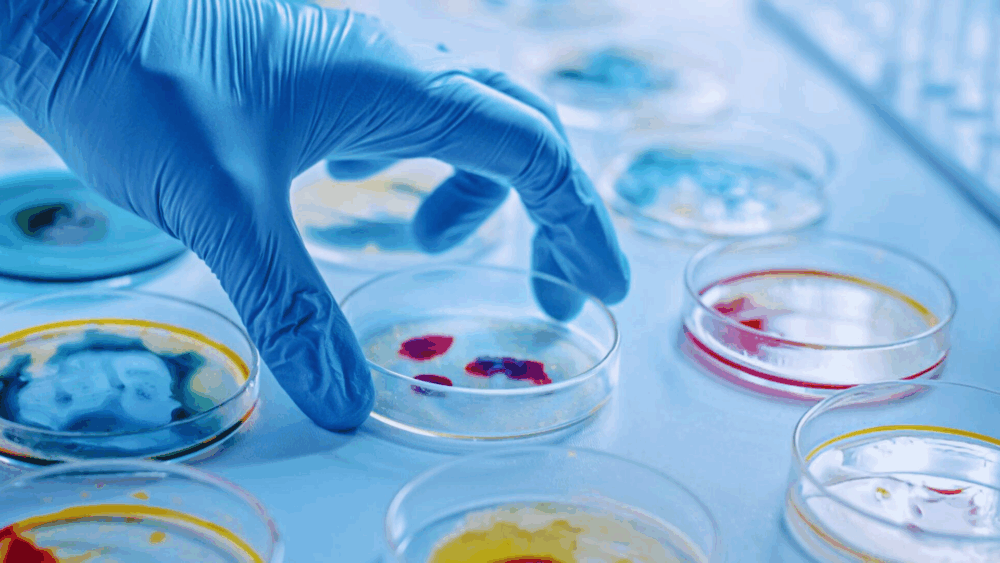The Challenge Test is an essential procedure for verifying the efficacy of preservatives in cosmetic products. In the cosmetics industry, microbiological safety is a top priority. Effective preservatives not only ensure a longer shelf life but also protect consumers from skin or eye infections. This article provides an in-depth look at what the Challenge Test entails, the international standards involved, and its relevance within the regulatory framework of Regulation (EC) No. 1223/2009.
Challenge Test: What Is It and Why Is It Important?
The Challenge Test is a microbiological method used to assess the effectiveness of the preservative system included in non-sterile cosmetic products. During this test, the product is inoculated with standard microbial strains (bacteria, yeasts, and molds) to simulate realistic contamination. The ability of the preservative system to reduce or eliminate the microbial load under controlled conditions is then evaluated.
This test confirms whether the preservative can protect the product against accidental contamination during manufacturing or daily consumer use.
International Standards for the Challenge Test
There are several differences between the main international standards, which are shown in the following table:
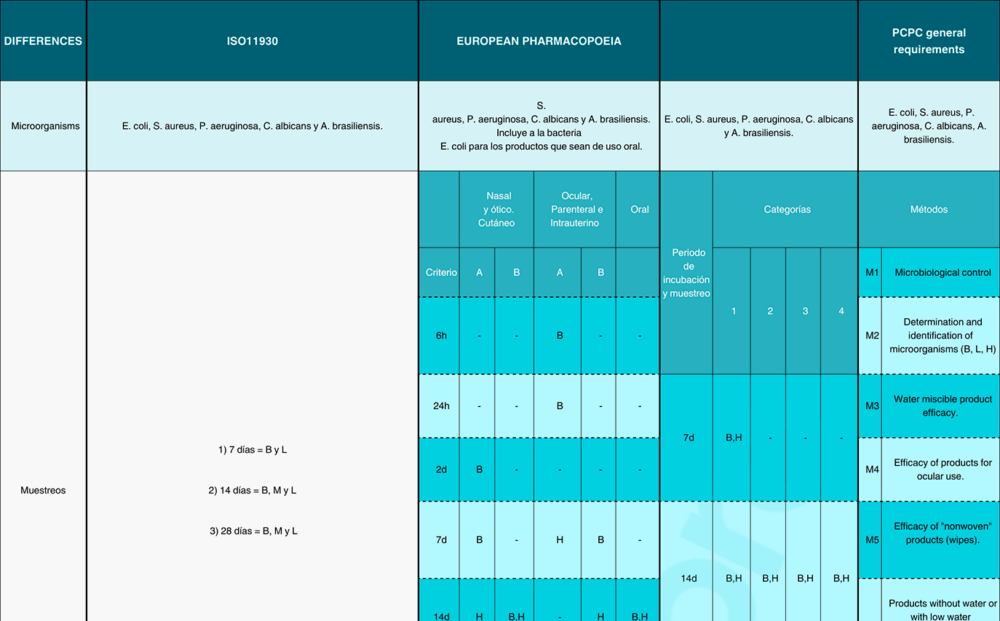
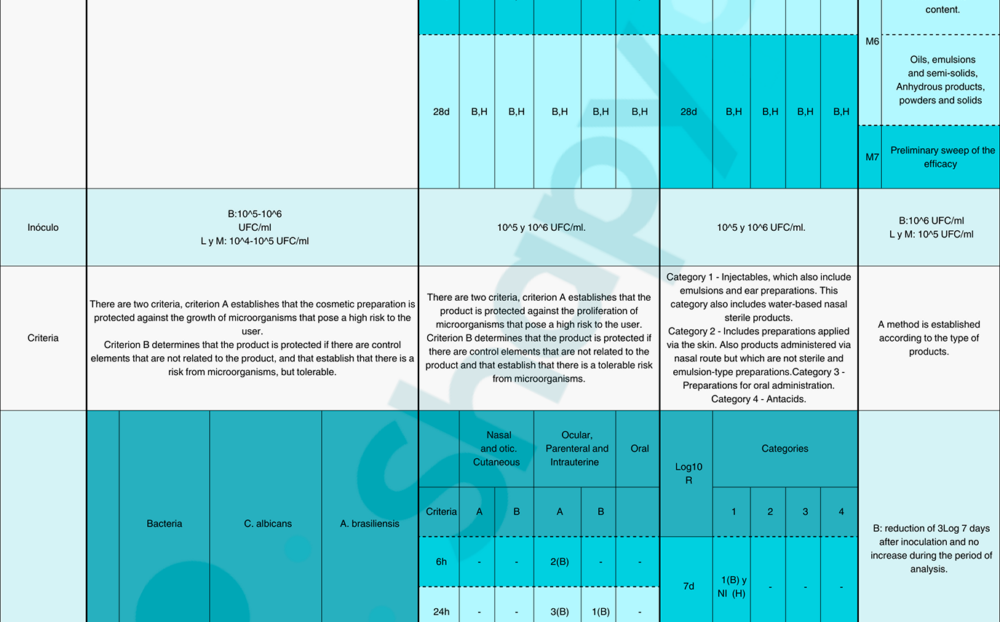
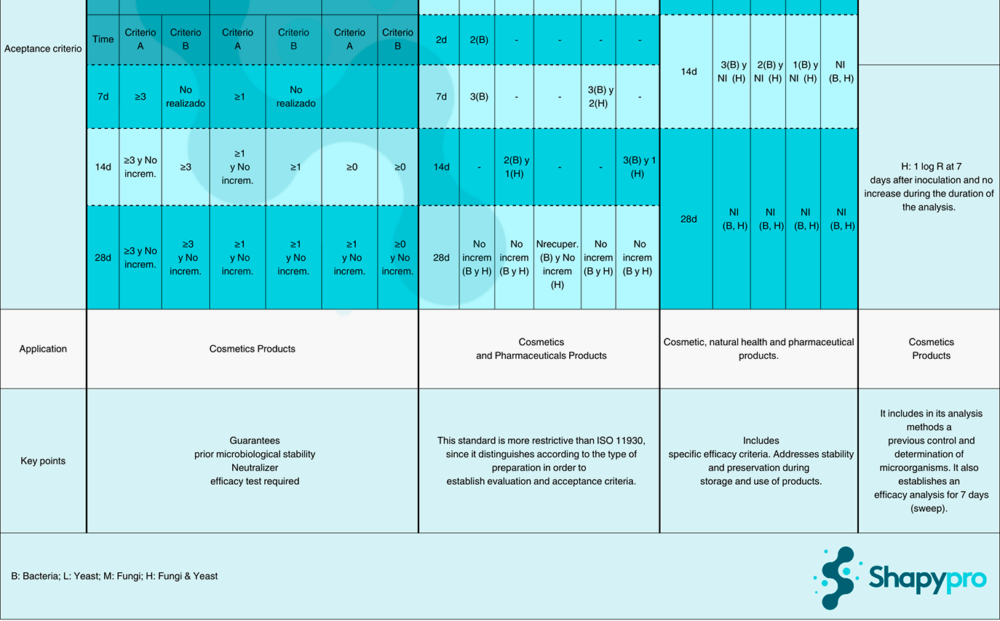
The Challenge Test is regulated by various pharmacopeias and harmonized standards, including:
- UNE-EN ISO 11930: European harmonized standard specific to cosmetic products.
- USP51: Chapter of the United States Pharmacopeia that regulates antimicrobial effectiveness testing.
- EP 5.1.3: Chapter of the European Pharmacopoeia.
Although these standards differ in sampling times and acceptance criteria, they share the common goal of verifying preservative efficacy.
Microorganisms Used in the Test
The following reference strains are commonly used:
- Staphylococcus aureus (Gram +)
- Pseudomonas aeruginosa (Gram -)
- Escherichia coli (Gram -)
- Candida albicans (yeast)
- Aspergillus brasiliensis (mold)
These strains represent common contaminants in cosmetic products. ISO 11930 allows for the addition of other microorganisms if the product’s intended use requires it.
How a Challenge Test Is Performed
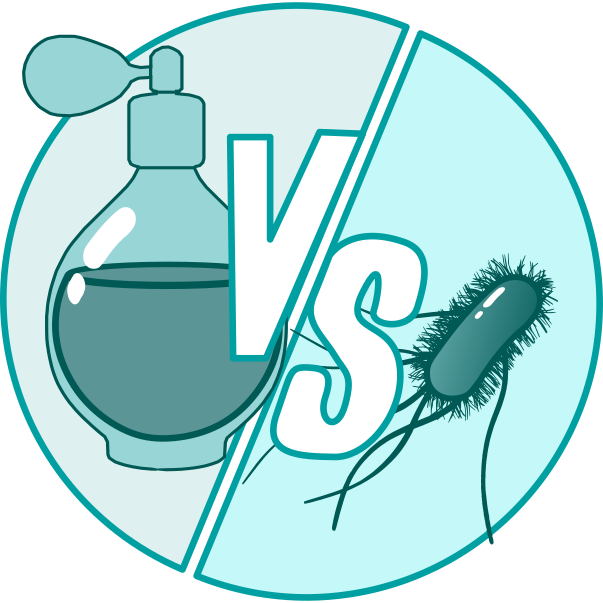 The product is inoculated with a known initial concentration of each microorganism (e.g., between 10^5 and 10^6 CFU/mL). It is then stored at a controlled temperature, and samples are taken at different intervals (typically days 7, 14, and 28) to quantify microbial reduction.
The product is inoculated with a known initial concentration of each microorganism (e.g., between 10^5 and 10^6 CFU/mL). It is then stored at a controlled temperature, and samples are taken at different intervals (typically days 7, 14, and 28) to quantify microbial reduction.
Acceptance criteria vary depending on the product category. Generally, the following is expected:
- A reduction of at least 3 logs (99.9%) for bacteria within 14 days.
- No yeast or mold growth during the 28-day period.
Challenge Test criteria according by product category
The standard categorizes products based on contamination risk and intended use:
- 1- Category 1: Products for use on mucous membranes or eyelids.
- 2- Category 2: Products for healthy skin.
- 3- Category 3: Products for damaged skin or diaper area.
- 4- Category 4: Products requiring efficacy against bacteria only (e.g., antacids).
Criteria are adapted according to the product type and its potential exposure to contaminants.
When to Apply the Challenge Test
The Challenge Test should be performed in the following situations:
- During the development of a new product.
- If there is a change in formulation.
- When packaging or manufacturing processes are modified.
- As part of a stability and shelf-life study.
What If the Product Fails the Challenge Test?
If the product does not meet acceptance criteria, measures to consider include:
- Reformulation of the preservative system
- Packaging changes
- Limiting the product’s shelf life
All changes must be documented, and the test should be repeated with the new formulation.
Relationship with Other Microbiological Tests
The Challenge Test does not replace routine microbiological controls (total count, absence of pathogens, etc.) performed as part of quality assurance. It is a complementary method focused on validating preservative efficacy over time.
Challenge Test with SHAPYPRO: Regulatory Confidence
At SHAPYPRO, we conduct Challenge Tests in accordance with UNE-EN ISO 11930, as well as USP51 and other international pharmacopeias. Our service includes:
- Protocol design based on the product category
- Strain selection and inoculum preparation
- Microbial reduction monitoring
- Issuance of a final report with results and conclusions
We also assist in selecting suitable preservatives and evaluating microbiological stability throughout the product’s shelf life.
You can read more about our stability testing services or contact us here.
Conclusion
The preservative efficacy test, or Challenge Test, is a vital tool for ensuring the microbiological safety of cosmetic products. Proper execution according to international standards such as ISO 11930 or USP51 allows companies to comply with current legislation and reduce consumer risk.
Working with an expert lab like SHAPYPRO ensures reliable results and scientifically sound interpretations aligned with regulatory requirements.

